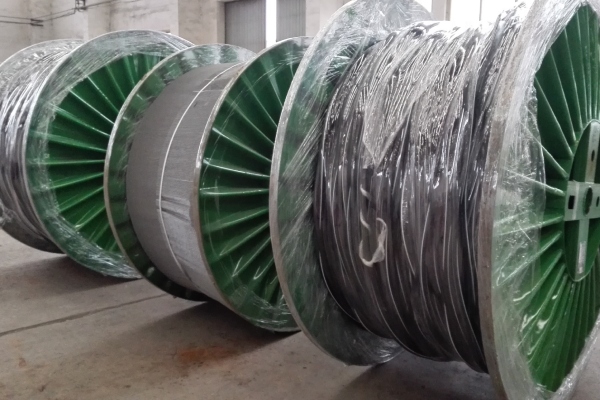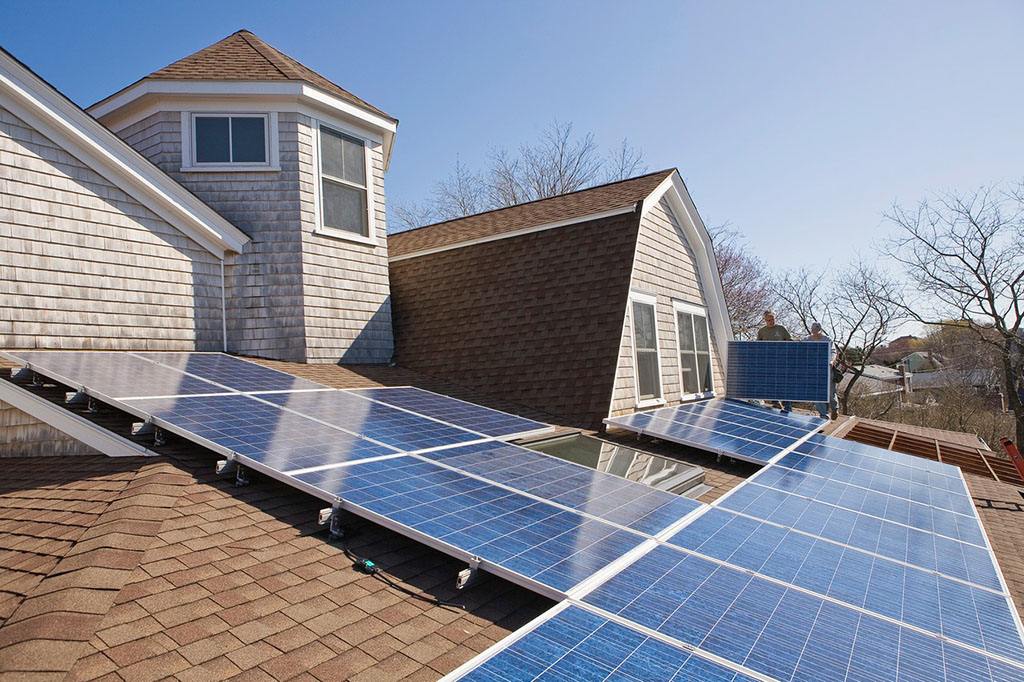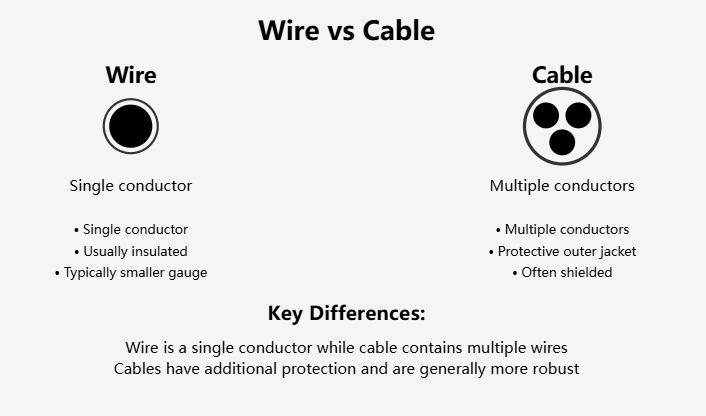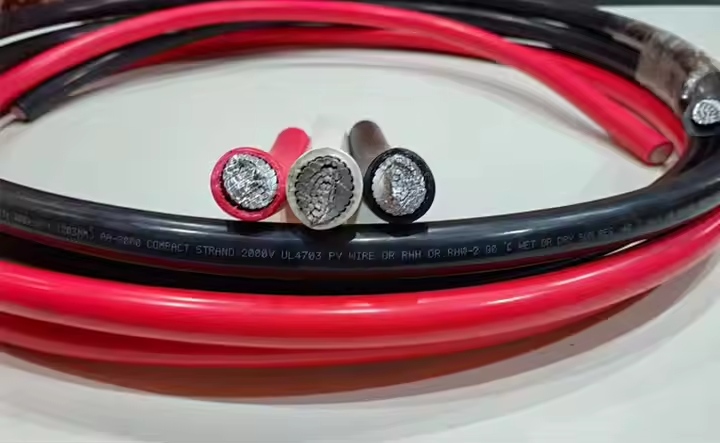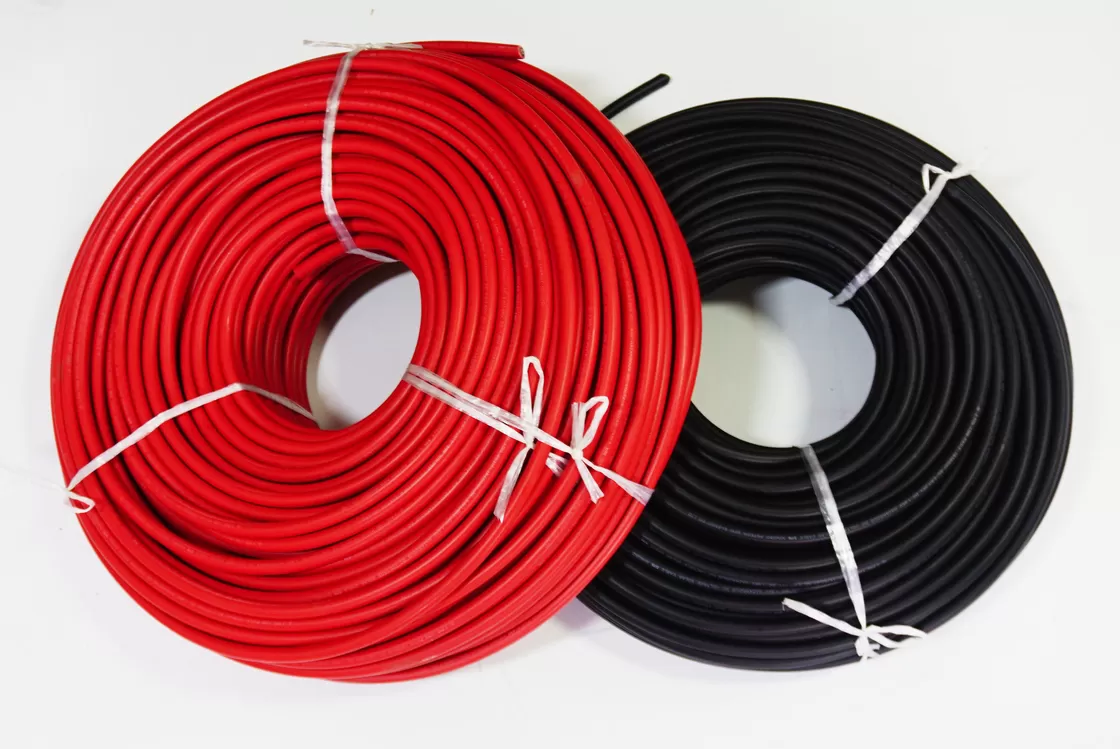Photovoltaic (PV) cables are the unsung heroes of solar energy systems, connecting solar panels to inverters and ensuring the efficient transmission of electricity. As the demand for renewable energy surges—global solar capacity reached over 1,000 gigawatts in 2023, according to the International Renewable Energy Agency (IRENA)—the importance of reliable, durable, and efficient PV cables has never been greater. Central to their performance is the insulation material, which protects the conductor from environmental stressors like UV radiation, temperature extremes, and mechanical wear, while maintaining electrical integrity. Among the most commonly used insulation materials for PV cables are Cross-Linked Polyethylene (XLPE), Polyvinyl Chloride (PVC), and other options like Polyethylene (PE) and Cross-Linked Polyolefin (XLPO). Each material offers unique properties that cater to specific applications within solar installations.
This article delves into the world of insulation materials for PV cables, exploring their composition, advantages, limitations, and suitability for photovoltaic systems. Drawing from industry insights, scientific studies, and practical applications (including references from sources like ScienceDirect, IRENA, and manufacturer specifications), we aim to provide a thorough understanding of XLPE, PVC, and alternative materials. Whether you’re a solar installer, engineer, or enthusiast, this guide will equip you with the knowledge to choose the right insulation material for your PV cable needs, ensuring longevity, safety, and efficiency in solar energy systems.
The Role of Insulation in PV Cables
Before diving into specific materials, it’s essential to understand why insulation matters in PV cables. These cables are exposed to harsh outdoor conditions—intense sunlight, fluctuating temperatures, moisture, and physical stress—making insulation a critical barrier. According to the National Electrical Code (NEC) and standards like IEC 60228, PV cable insulation must withstand high voltages (typically 600V to 2000V for solar applications), resist degradation, and ensure safety by preventing short circuits or electrical faults. The choice of insulation impacts not only the cable’s performance but also its lifespan, which is expected to exceed 25 years in most solar installations.
Insulation materials are selected based on factors such as electrical properties (dielectric strength, insulation resistance), thermal performance (operating temperature range), mechanical durability (tensile strength, flexibility), and environmental resistance (UV, chemical, and moisture resistance). With this foundation, let’s explore the primary insulation materials used in PV cables: XLPE, PVC, PE, and XLPO.
Cross-Linked Polyethylene (XLPE) in PV Cables
What is XLPE?
Cross-Linked Polyethylene (XLPE) is a thermoset polymer derived from polyethylene (PE) through a cross-linking process, which binds the polymer chains into a three-dimensional network. This transformation, achieved via chemical means (e.g., peroxide or silane) or physical methods (e.g., electron beam radiation), enhances PE’s properties, making XLPE a standout choice for PV cable insulation. According to a ScienceDirect article on XLPE high-voltage insulation, its simple chemical composition and excellent electrical properties make it a leading material for extruded power cables, including those in solar applications .
Advantages of XLPE in PV Cables
- High Temperature Resistance: XLPE can operate at temperatures up to 90°C continuously and withstand short-term peaks of 130°C or more, far surpassing many thermoplastics. This is crucial for PV cables exposed to solar heat, as noted by Performance Wire.
- Superior Electrical Properties: With high dielectric strength and low dielectric loss, XLPE ensures efficient power transmission with minimal energy loss, a key consideration for solar systems.
- UV and Chemical Resistance: Cross-linking enhances XLPE’s resistance to ultraviolet (UV) radiation and chemicals, making it ideal for outdoor solar installations. A study from Slocable highlights its service life exceeding 25 years due to these properties.
- Mechanical Strength: XLPE offers excellent tensile strength, elongation, and impact resistance, reducing wear and tear during installation and operation.
Limitations of XLPE
Despite its strengths, XLPE has drawbacks. Its thermoset nature means it cannot be reshaped once cured, complicating recycling efforts. Additionally, processing XLPE requires precise control to avoid issues like adhesion at high temperatures or color inconsistencies between batches, as noted in the Slocable analysis [Web ID: 2]. Manufacturing costs can also be higher than alternatives like PVC due to the cross-linking process.
XLPE in PV Applications
XLPE is widely used in PV cables like the PV1-F standard, which features tinned copper conductors and XLPE insulation topped with a UV-resistant sheath (often PVC or LSZH). Greaterwire.com confirms that XLPE’s UV resistance ensures durability in outdoor solar setups, preventing insulation degradation and maintaining safety . Its ability to handle high currents and resist photodegradation makes it a top choice for connecting solar panels to inverters in residential and commercial installations.
Polyvinyl Chloride (PVC) in PV Cables
What is PVC?
Polyvinyl Chloride (PVC) is a thermoplastic polymer made from vinyl chloride monomers, often blended with stabilizers, plasticizers, and flame retardants to enhance its properties. It’s one of the most widely used insulation materials across industries due to its cost-effectiveness and versatility, as outlined by Keystone Cable [Web ID: 9].
Advantages of PVC in PV Cables
- Cost-Effectiveness: PVC’s mature manufacturing process keeps production costs low, making it an economical option for PV cables in less demanding applications .
- Flexibility and Ease of Installation: With a small bending radius, PVC-insulated cables are easy to install in tight spaces, a benefit highlighted by Prysmian .
- Flame Retardancy: PVC is inherently flame-retardant, self-extinguishing when the fire source is removed, enhancing safety in indoor or hybrid solar setups.
Limitations of PVC
PVC’s limitations become apparent in PV applications:
- Temperature Constraints: Standard PVC has a maximum operating temperature of 70°C, insufficient for high-heat solar environments. Prolonged exposure above this can degrade the material and release toxic hydrogen chloride gas.
- Environmental Concerns: PVC contains halogens, posing risks of toxic emissions during fires, which conflicts with the eco-friendly ethos of solar energy.
- Lower Durability: Compared to XLPE, PVC offers less resistance to UV radiation and mechanical stress, limiting its lifespan in outdoor settings .
PVC in PV Applications
While PVC is less common as the primary insulation for PV cables due to its temperature and UV limitations, it’s often used as an outer sheath over XLPE-insulated cores in cables like PV1-F. Its affordability and flexibility make it suitable for indoor portions of solar systems or low-voltage applications, such as wiring within buildings or less exposed areas.
Polyethylene (PE) as an Alternative
What is PE?
Polyethylene (PE) is a thermoplastic polymer derived from ethylene, known for its excellent electrical insulation properties. Unlike XLPE, PE is not cross-linked, retaining its thermoplastic nature, which allows it to be melted and reshaped.
Advantages of PE
- Electrical Performance: PE boasts high insulation resistance and a low dielectric constant, making it ideal for data and communication lines within solar systems.
- Chemical Stability: It resists acids, alkalis, and moisture, offering good environmental protection [Web ID: 14].
- Lightweight: PE’s low density reduces cable weight, easing installation.
Limitations of PE
PE’s primary drawback is its limited temperature range (typically up to 70°C), similar to PVC, making it unsuitable as a standalone insulation for PV cables in high-heat environments. Without cross-linking, it lacks the enhanced durability and heat resistance of XLPE.
PE in PV Applications
PE is rarely used alone in PV cables but serves as a base material for XLPE. In some hybrid designs, it may insulate auxiliary lines within solar systems where temperature demands are lower, leveraging its electrical properties and cost efficiency.
Cross-Linked Polyolefin (XLPO): The Next Frontier
What is XLPO?
Cross-Linked Polyolefin (XLPO) is a broader category of thermoset materials, including XLPE, that encompasses polymers like polyethylene and polypropylene modified through cross-linking. XLPO is gaining traction in PV cables for its enhanced properties, as detailed by Angreen.
Advantages of XLPO
- Extreme Temperature Resistance: XLPO can withstand temperatures up to 120°C or even 250°C in some formulations, surpassing XLPE’s capabilities.
- Environmental Safety: Unlike PVC, XLPO is halogen-free, releasing no toxic gases when burned, aligning with sustainable solar goals.
- Mechanical Toughness: XLPO offers superior resistance to abrasion, cutting, and tearing, ideal for rugged solar installations.
- UV and Chemical Resistance: Its formulation ensures long-term stability under sunlight and harsh conditions .
Limitations of XLPO
XLPO’s higher cost and complex manufacturing process can be barriers to widespread adoption. Its rigidity compared to PVC may also limit flexibility in certain installations.
XLPO in PV Applications
XLPO is increasingly used in high-performance PV cables, such as those for solar farms and offshore wind-solar hybrids. A 2024 APL Materials study highlights XLPO’s potential in high-voltage DC cables, noting its improved mechanical and electrical properties at elevated temperatures. Its use in photovoltaic cables ensures durability and safety in extreme climates.
Comparative Analysis: XLPE vs. PVC vs. PE vs. XLPO
| Property | XLPE | PVC | PE | XLPO |
|---|---|---|---|---|
| Max Temperature | 90°C (130°C peak) | 70°C | 70°C | 120°C+ (250°C peak) |
| UV Resistance | High | Moderate | Moderate | Very High |
| Electrical Properties | Excellent | Good | Excellent | Excellent |
| Mechanical Strength | High | Moderate | Low | Very High |
| Cost | Moderate | Low | Low | High |
| Environmental Impact | Halogen-free | Contains Halogens | Halogen-free | Halogen-free |
This table, informed by sources like Keystone Cable and Dynamic Cables [Web ID: 8], underscores the trade-offs between materials. XLPE and XLPO excel in outdoor PV applications, while PVC suits cost-sensitive indoor uses, and PE serves niche roles.
Emerging Trends and Innovations
Recent advancements are pushing insulation materials further. A 2024 ScienceDirect review on XLPE dielectric properties explores nanoparticle enhancements (e.g., boron nitride, graphene oxide) to boost thermal conductivity and electrical resistance. Similarly, the APL Materials study on XLPO suggests blending with low-content LLDPE to enhance high-temperature performance, a promising development for future PV cables. These innovations aim to meet the growing demands of large-scale solar projects and high-voltage DC transmission.
Choosing the Right Insulation for PV Cables
Selecting the ideal insulation depends on your project’s needs:
- Outdoor Exposure: Opt for XLPE or XLPO for UV and heat resistance.
- Budget Constraints: PVC offers affordability for less demanding setups.
- High-Voltage Needs: XLPE and XLPO handle higher currents and voltages.
- Sustainability: XLPO’s halogen-free nature aligns with green goals.
Consulting standards like UL 4703 (for PV wire) and manufacturer data from companies like Performance Wire or Kris-Tech Wire can guide your decision.
Conclusion
The insulation material of a PV cable is a linchpin in the reliability and efficiency of solar energy systems. XLPE stands out for its balance of heat resistance, electrical performance, and durability, making it a staple in modern PV installations. PVC, while cost-effective and flexible, falls short in high-temperature outdoor settings. PE serves as a foundational material, enhanced by cross-linking into XLPE, while XLPO emerges as a premium option for extreme conditions and eco-conscious projects. As solar technology evolves, so too will these materials, with innovations like nanoparticle-enhanced XLPE and advanced XLPO blends promising even greater performance.
For solar professionals and enthusiasts alike, understanding these insulation options—backed by insights from IRENA, ScienceDirect, and industry leaders—ensures informed choices that maximize system longevity and safety. Whether you prioritize cost, durability, or sustainability, the right insulation material will power the future of solar energy, one cable at a time.

